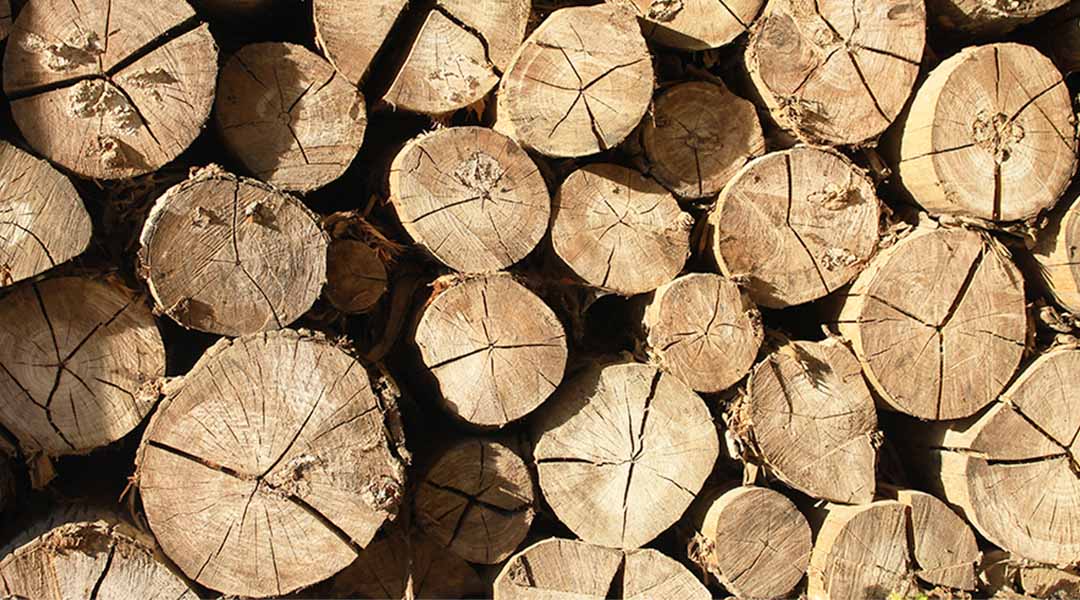
Scientists develop ‘Super Wood’ that could replace steel
Engineers at the University of Maryland’s A. James Clark School of Engineering have found a way that can make wood stronger than steel or titanium alloys. The method of the ‘Super Wood’ begins by removing the lignin, the part that gives wood its color and rigidity, via boiling the material in an aqueous mixture of sodium hydroxide (NaOH) and sodium sulfate (NA2SO4). The remaining wood panel is then compressed in a specific degree in order to collapse the cell wall and rid the material of weak spots. This process also allows for tight hydrogen bonds to be formed, therefore, strengthening the wood.
“This could be a competitor to steel or even titanium alloys, it is so strong and durable. It is also comparable to carbon fiber, but much less expensive,” says Liangbing Hu, an associate professor of materials science and engineering, and a member of the Maryland Energy Innovation Institute.
“It is both strong and tough, which is a combination not usually found in nature,” said Teng Li, the co-leader of the team and the Samuel P. Langley associate professor of Mechanical Engineering at the University of Maryland. His team measured the dense wood’s mechanical properties. “It is as strong as steel, but six times lighter. It takes 10 times more energy to fracture than natural wood. It can even be bent and molded at the beginning of the process,” he claims.
The scientists found out that when the wood’s fibers are pressed together so tightly these can form strong hydrogen bonds. Furthermore, this compression makes the wood five times thinner than its original size. The team also tested the material by shooting a bullet-like projectile at it. Unlike natural wood, which was blown straight through, the fully-treated wood actually stopped the projectile partway through. “Soft woods like pine or balsa, which grow fast and are more environmentally friendly, could replace slower-growing but denser woods like teak, in furniture or buildings,” states Hu.
“The most outstanding observation, in my view, is the existence of a limiting concentration of lignin, the glue between wood cells, to maximize the mechanical performance of the densified wood. Too little or too much removal lower the strength compared to a maximum value achieved at intermediate or partial lignin removal. This reveals the subtle balance between hydrogen bonding and the adhesion imparted by such polyphenolic compound. Moreover, of outstanding interest, is the fact that that wood densification leads to both, increased strength and toughness, two properties that usually offset each other,” says Orlando J. Rojas, a professor at Aalto University in Finland.
Hu’s team has produced a variety of nanocellulose-based emerging technologies in the past, including batteries and supercapacitors made from wood and leaves. These technologies are being commercialized through Inventwood, a UMD spin-off company. ![]()
READ MORE: The free forms in Javier Senosiain’s Casa Orgánica


